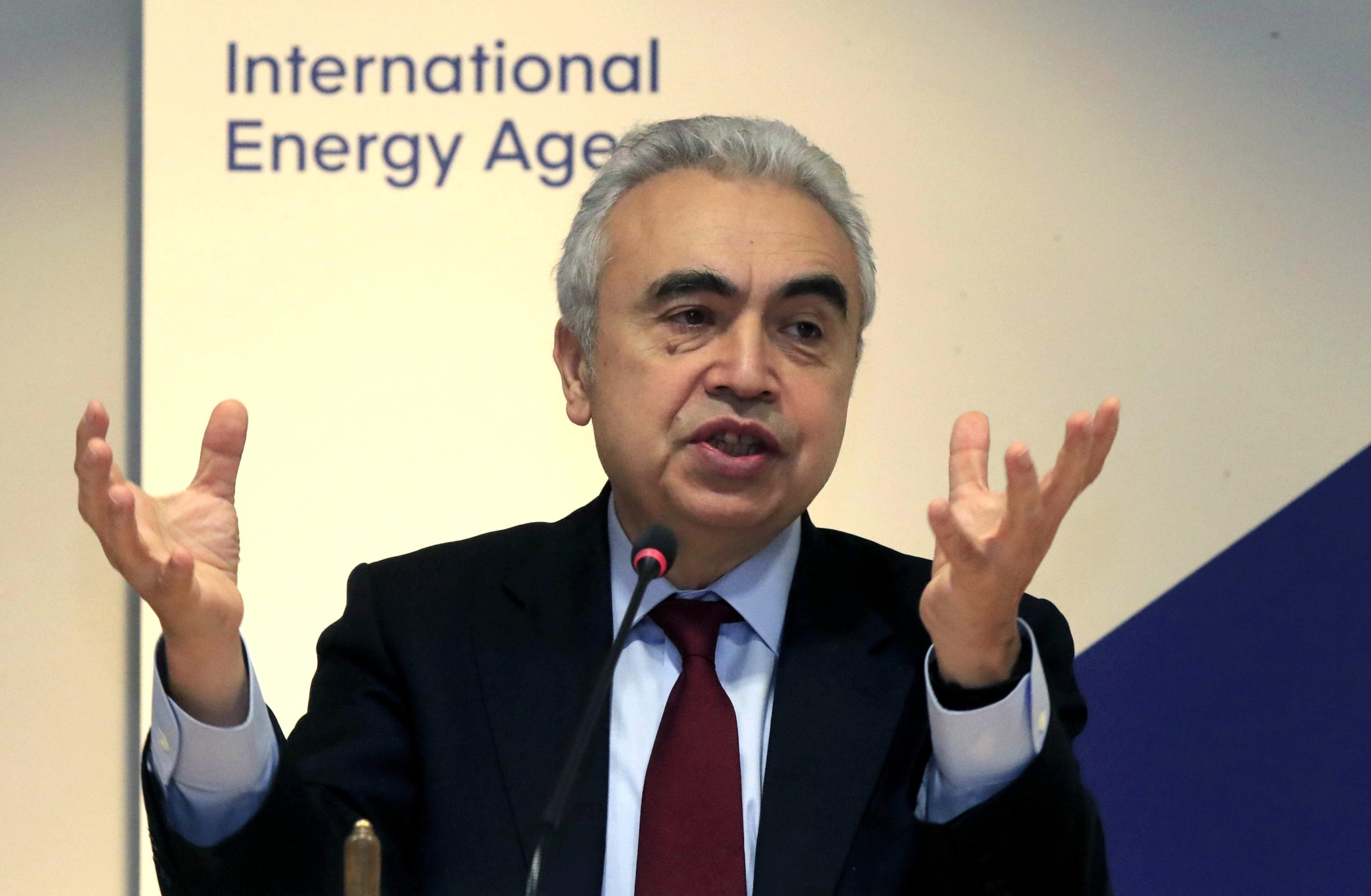Canadian oil can be part of transition if it gets cleaner, IEA head says

OTTAWA — The executive director of the International Energy Agency says Canadian oil and gas can be part of the transition to a clean-energy future if the industry can cut its carbon footprint.
A new IEA report on Canada's energy industries praises the country for pushing toward net-zero emissions by 2050 but warns the challenge facing Canada as an oil and gas-producing country is immense.
"While we move in the direction of clean energy, Canada has to transform itself," IEA executive director Fatih Birol said at a virtual news conference releasing the report Thursday.
To achieve required climate change goals by mid-century, he said half of global energy consumption has to be zero-emission electricity and most of the rest will have to come from low-carbon fuels like hydrogen and biofuels.
"The consumption of oil and gas has to diminish, demand has to decline," Birol said. "There is no way out. But I wanted to make clear that a declining demand doesn't mean tomorrow they will be zero."
The IEA's recent "net zero road map" showed achieving net zero by 2050 — where no greenhouse gas emissions are added to the atmosphere — means oil consumption will have to fall to about 25 million barrels a day from 100 million currently. Natural gas consumption will have to be cut in half.
"So, we will still need oil and gas for years to come and, therefore, somebody has to produce the oil somebody has to produce that oil," Birol said. "And I prefer that that oil is produced by a country that produces them in a clean way."
Canada, he said, could be that country.
But the report warns that Alberta's oilsands in particular need to pay more attention to emissions from production, which on average are higher than most other sources of oil including conventional oil wells in Western Canada and offshore production in Newfoundland and Labrador.
The research from Rystad Energy said last year the global average of carbon emissions from producing oil amounts to 18 or 19 kg of carbon dioxide per barrel. Most operators fell between 10 and 40 kg.
Canada's oilsands, Rystad reported, which require a lot more energy to extract, had an average emissions intensity of "a staggering 73 kg." per barrel of oil. Rystad said that number is unlikely to fall much unless oilsands companies find a way turn to clean energy to power their production, or introduce carbon-capture and storage systems.
BMO Capital Markets predicts the average oilsands emissions intensity could fall to about 62 kg per barrel by 2030.
Keith Stewart, a senior energy strategist at Greenpeace Canada, said what the Canadian government does not want to say is that, no matter how they slice the picture, Canada won't meet its climate targets without cutting oil and gas production.
"That's the politically difficult thing to admit," Stewart said.
Natural Resources Minister Jonathan Wilkinson said Canada is moving to be more sustainable in fossil fuel production with its promise to cap emissions from oil and gas for the first time, and regulate them downward every five years, until they reach net zero by 2050.
That will, he said, include major investments in carbon capture and storage, technology that loosens the oilsands bitumen so it isn't as hard to extract, and replacing on-site energy sources with cleaner ones, such as small modular nuclear reactors.
Wilkinson said Canadians can expect to see the broad strokes of where oil and gas emissions will have to be when Environment Minister Steven Guilbeault tables the next climate plan at the end of March.
But he said the actual caps and regulations are still a ways away as the federal government works with the industry and provinces to develop them fairly.
Oil and gas production accounts for about one-quarter of Canada's total emissions, while fossil fuels overall, including producing them and burning them for transportation, electricity and heat, makes up 80 per cent.
The IEA report also says Canada needs to pay more attention to expanding its interprovincial electricity ties, so provinces with cleaner sources of power can replace the coal and natural gas supplies powering places like Alberta, Saskatchewan and New Brunswick.
This report by The Canadian Press was first published Jan. 13, 2022.
Mia Rabson, The Canadian Press




